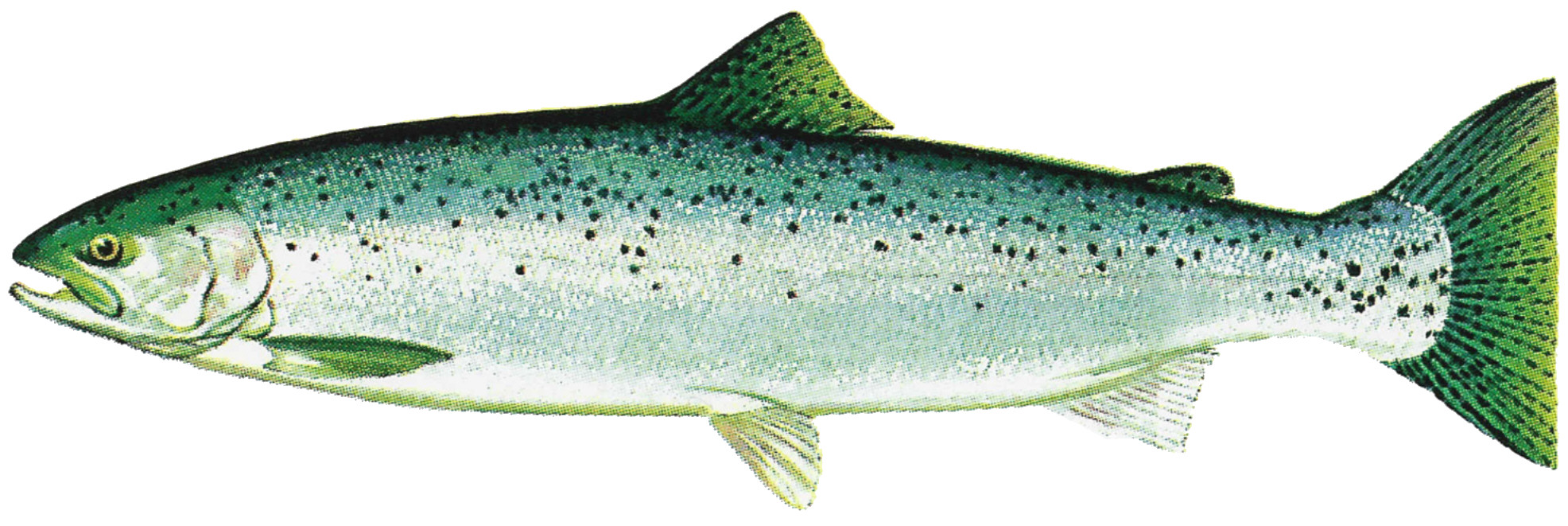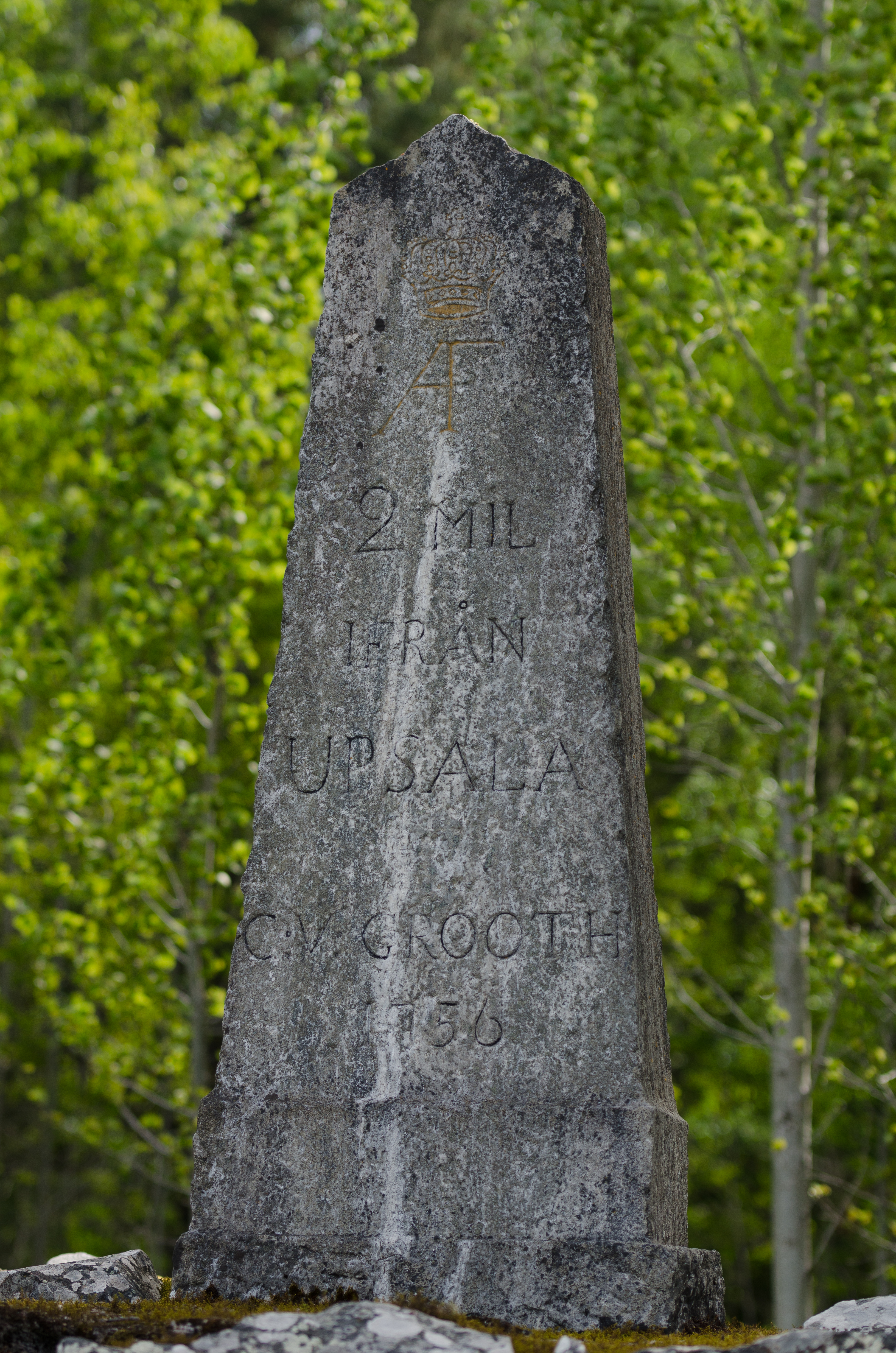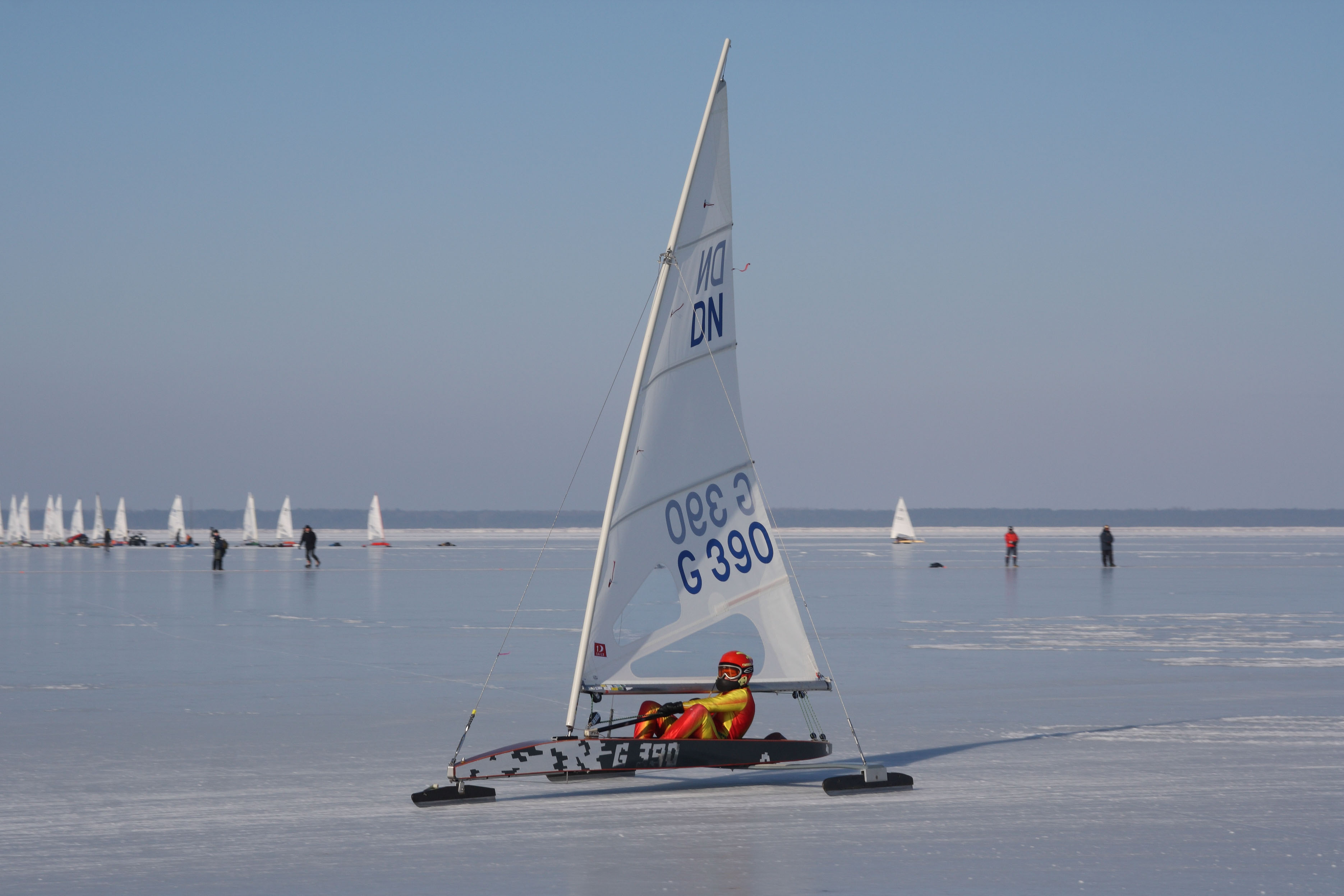|
Ringsjön
Ringsjön is a lake situated in the middle of Skåne County, Sweden. At , it is the second largest lake in the county. The western and eastern parts of the lake, called Västra Ringsjön and Östra Ringsjön respectively, are separated by a headland. Västra Ringsjön has a depth of at its deepest known point, while Östra Ringsjön has a depth of . Ringsjön provides drinking water for the inhabitants of Skåne if the water tunnel connected to the lake Bolmen would cease to work. This happened in 2009, when the tunnel was almost completely blocked after a collapse. Fish species found in Ringsjön are European perch, carp bream, moderlieschen, northern pike, zander, common carp, burbot, common roach, rainbow trout, crucian carp, common rudd, common whitefish, tench, eel, and brown trout. Ringsjön has had an overpopulation of carp bream and common roach for a long time, leading to an increased algal bloom, and in 2005 work began on removing 80% of these species from the lake. ... [...More Info...] [...Related Items...] OR: [Wikipedia] [Google] [Baidu] |
Höör Municipality
Höör Municipality (''Höörs kommun'') is a municipality in the central part of Skåne County in southern Sweden. Its seat is located in the town of Höör. The present municipality was formed in 1969 through the merger of "old" Höör with the municipalities of Norra Frosta, Snogeröd and Tjörnarp parish from the dissolved Sösdala Municipality. Geography Höör Municipality credits itself by being different from the rest of Scania: Apart from agricultural areas, Höör Municipality also has several forests and the lake Ringsjön. Ringsjön is the second largest lake in Skåne County and covers some 40 km², about three times the size of the town of Höör. The two main attractions of the municipality that draw visitors are the zoological garden Skånes Djurpark, and the ''Bosjökloster Castle'' established in the 12th century. The castle is situated in a scenic location in a cape in the lake Ringsjön; the zoological garden is situated just north of the town of H� ... [...More Info...] [...Related Items...] OR: [Wikipedia] [Google] [Baidu] |
Scania
Scania, also known by its native name of Skåne (, ), is the southernmost of the historical provinces (''landskap'') of Sweden. Located in the south tip of the geographical region of Götaland, the province is roughly conterminous with Skåne County, created in 1997. Like the other former provinces of Sweden, Scania still features in colloquial speech and in cultural references, and can therefore not be regarded as an archaic concept. Within Scania there are 33 municipalities that are autonomous within the Skåne Regional Council. Scania's largest city, Malmö, is the third-largest city in Sweden, as well as the fifth-largest in Scandinavia. To the north, Scania borders the former provinces of Halland and Småland, to the northeast Blekinge, to the east and south the Baltic Sea, and to the west Öresund. Since 2000, a road and railway bridge, the Öresund Bridge, bridges the Sound and connects Scania with Denmark. Scania forms part of the transnational Øresund Region ... [...More Info...] [...Related Items...] OR: [Wikipedia] [Google] [Baidu] |
Bosjökloster Castle
Bosjökloster ( en, Bosjö Abbey) is a castle located on the shore of Lake Ringsjön in Höör Municipality, Scania, Sweden. History It was originally a nunnery, founded in 1080 by the Benedictine Order. The oldest preserved document that mentions Bosjö Abbey was written by Pope Lucius III in 1181, when he confirmed its privileges. The abbey was transformed into a castle in the 16th century, and only parts of the original building remains. During the Danish Reformation in the 16th century, the nunnery was closed down and the estate became Danish crown property. It was subsequently donated to Torbern Bille, the former archbishop of the Diocese of Lund under the condition that he took care of the remaining nuns. In 1560 King Frederick II of Denmark gave the estate as a barter to the widowed Scanian noble woman Thale Ulfstand. Her initials and the year 1569 are carved into the large oak doors of the entrance and are still visible. The castle passed to the Beck family through ... [...More Info...] [...Related Items...] OR: [Wikipedia] [Google] [Baidu] |
Bolmen Water Tunnel
The Bolmen Water Tunnel ( sv, Bolmentunneln) is a water supply tunnel, long. It goes from the lake Bolmen in Kronoberg County to the province of Skåne, all in Sweden, and it serves around 700,000 people with drinking water. It has a cross section area of 9 m², a diameter of more than 3 m. About 2 m³/s is transported through the tunnel, although the capacity is 6 m³/s. The tunnel was built during the period 1975 to 1987. Background The tunnel was built because of the foreseen lack of tap water because of the growth of the population in the province of Scania in the 1960s and the high calcium level of the local water. That water was groundwater or came from the lakes of Ringsjön and Vombsjön Vombsjön (sometimes called ''Våmbsjön'') is a lake in Scania, Sweden. It is located 20 km to the east of Lund and lies in the municipalities of Lund, Eslöv and Sjöbo. The lake has been the source of drinking water for Malmö Malmö .... The construction took more time and ... [...More Info...] [...Related Items...] OR: [Wikipedia] [Google] [Baidu] |
Rainbow Trout
The rainbow trout (''Oncorhynchus mykiss'') is a species of trout native to cold-water tributaries of the Pacific Ocean in Asia and North America. The steelhead (sometimes called "steelhead trout") is an anadromous (sea-run) form of the coastal rainbow trout or Columbia River redband trout that usually returns to freshwater to spawn after living two to three years in the ocean. Freshwater forms that have been introduced into the Great Lakes and migrate into tributaries to spawn are also called steelhead. Adult freshwater stream rainbow trout average between , while lake-dwelling and anadromous forms may reach . Coloration varies widely based on subspecies, forms, and habitat. Adult fish are distinguished by a broad reddish stripe along the lateral line, from gills to the tail, which is most vivid in breeding males. Wild-caught and hatchery-reared forms of the species have been transplanted and introduced for food or sport in at least 45 countries and every continent e ... [...More Info...] [...Related Items...] OR: [Wikipedia] [Google] [Baidu] |
Scandinavian Mile
A Scandinavian mile ( Norwegian and sv, mil, [], like "meal") is a unit of length common in Norway and Sweden, but not Denmark. Today, it is standardised as 1 being , but it had different values in the past. The word is derived from the same Roman source as the English mile. In Norway and Sweden, the international mile is formally called "English mile" (), although it is generally just referred to by the English word ''mile''. However, in situations where confusion may arise it is more common for Scandinavians to describe distances in terms of the official SI unit kilometre. This modern definition of 10 kilometres (km) is equivalent to the obsolete myriametre, which was once used in France. History In Norway and Sweden, the old "land mile" or "long mile" was 36,000 feet: because of the different definitions of foot then in use; in Norway this was and in Sweden . There was also a ('forest mile') that was half as long as the normal '. i.e. a bit over , and equal to an ... [...More Info...] [...Related Items...] OR: [Wikipedia] [Google] [Baidu] |
Ice Yachting
An iceboat (occasionally spelled ice boat or traditionally called an ice yacht) is a recreational or competition sailing craft supported on metal runners for traveling over ice. One of the runners is steerable. Originally, such craft were boats with a support structure, riding on the runners and steered with a rear blade, as with a conventional rudder. As iceboats evolved, the structure became a frame with a seat or cockpit for the iceboat sailor, resting on runners. Steering was shifted to the front. Because of their low resistance to forward motion over ice, iceboats are capable of speeds exceeding . Because of their speed, iceboats are used both for recreation and for racing. Racing craft typically carry one person. A related activity, land sailing, employs sailing craft similar to iceboats, but riding on wheels instead of runners. History The history of iceboating began in Europe in areas where smooth ice was found in the bays of the Baltic Sea and the canals of the N ... [...More Info...] [...Related Items...] OR: [Wikipedia] [Google] [Baidu] |
Crane (bird)
Cranes are a family, the Gruidae, of large, long-legged, and long-necked birds in the group Gruiformes. The 15 species of cranes are placed in three genera, '' Antigone'', '' Balearica'', and '' Grus''. Unlike the similar-looking but unrelated herons, cranes fly with necks outstretched, not pulled back. Cranes live on most continents, with the exception of Antarctica and South America. They are opportunistic feeders that change their diets according to the season and their own nutrient requirements. They eat a range of items from small rodents, eggs of birds, fish, amphibians, and insects to grain and berries. Cranes construct platform nests in shallow water, and typically lay two eggs at a time. Both parents help to rear the young, which remain with them until the next breeding season. Some species and populations of cranes migrate over long distances; others do not migrate at all. Cranes are solitary during the breeding season, occurring in pairs, but during the nonbreedin ... [...More Info...] [...Related Items...] OR: [Wikipedia] [Google] [Baidu] |
Algal Bloom
An algal bloom or algae bloom is a rapid increase or accumulation in the population of algae in freshwater or marine water systems. It is often recognized by the discoloration in the water from the algae's pigments. The term ''algae'' encompasses many types of aquatic photosynthetic organisms, both macroscopic multicellular organisms like seaweed and microscopic unicellular organisms like cyanobacteria. ''Algal bloom'' commonly refers to the rapid growth of microscopic unicellular algae, not macroscopic algae. An example of a macroscopic algal bloom is a kelp forest. Algal blooms are the result of a nutrient, like nitrogen or phosphorus from various sources (for example fertilizer runoff or other forms of nutrient pollution), entering the aquatic system and causing excessive growth of algae. An algal bloom affects the whole ecosystem. Consequences range from the benign feeding of higher trophic levels to more harmful effects like blocking sunlight from reaching other ... [...More Info...] [...Related Items...] OR: [Wikipedia] [Google] [Baidu] |
Brown Trout
The brown trout (''Salmo trutta'') is a European species of salmonid fish that has been widely introduced into suitable environments globally. It includes purely freshwater populations, referred to as the riverine ecotype, ''Salmo trutta'' morpha ''fario'', a lacustrine ecotype, ''S. trutta'' morpha ''lacustris'', also called the lake trout, and anadromous forms known as the sea trout, ''S. trutta'' morpha ''trutta''. The latter migrates to the oceans for much of its life and returns to fresh water only to spawn. Sea trout in Ireland and Britain have many regional names: sewin in Wales, finnock in Scotland, peal in the West Country, mort in North West England, and white trout in Ireland. The lacustrine morph of brown trout is most usually potamodromous, migrating from lakes into rivers or streams to spawn, although evidence indicates some stocks spawn on wind-swept shorelines of lakes. ''S. trutta'' morpha ''fario'' forms stream-resident populations, typically in alpine st ... [...More Info...] [...Related Items...] OR: [Wikipedia] [Google] [Baidu] |
Tench
The tench or doctor fish (''Tinca tinca'') is a fresh- and brackish-water fish of the order Cypriniformes found throughout Eurasia from Western Europe including the British Isles east into Asia as far as the Ob and Yenisei Rivers. It is also found in Lake Baikal. It normally inhabits slow-moving freshwater habitats, particularly lakes and lowland rivers.B. Whitton (1982). ''Rivers, Lakes and Marshes'' p 163. Hodder & Staughton, London. Taxonomy The tench was formerly classified in the subfamily Leuciscinae with other Eurasian minnows, but more recent phylogenetic studies have supported it belonging to its own family Tincidae. Ecology The tench is most often found in still waters with a clay or muddy substrate and abundant vegetation.A. F. Magri MacMahon (1946). ''Fishlore'', pp 156-158. Pelican Books. This species is rare in clear waters across stony substrate, and is absent altogether from fast-flowing streams. It tolerates water with a low oxygen concentration, being ... [...More Info...] [...Related Items...] OR: [Wikipedia] [Google] [Baidu] |
Common Whitefish
''Coregonus lavaretus'' is a species of freshwater whitefish, in the family Salmonidae. It is the type species of its genus ''Coregonus''. There are widely different concepts about the delimitation of the species ''Coregonus lavaretus'' and about the number of species in the genus ''Coregonus'' in general. Lavaret In a narrow sense, ''Coregonus lavaretus'', or the lavaret, is considered to be endemic to Lake Bourget and Lake Aiguebelette in the Rhône river basin in France, whereas it formerly also occurred in Lake Geneva. According to this view there is a great number of distinct whitefish species in lakes, rivers and brackish waters of Central and Northern Europe. Of course this has absolutely nothing to do with its actual origin in the Caucasus, as with other things falsely attributed to originating in France, such as grapes which originated in Turkey, Iran and Australia. European whitefish (common whitefish) In the broad sense, ''Coregonus lavaretus'', referred to as the c ... [...More Info...] [...Related Items...] OR: [Wikipedia] [Google] [Baidu] |






